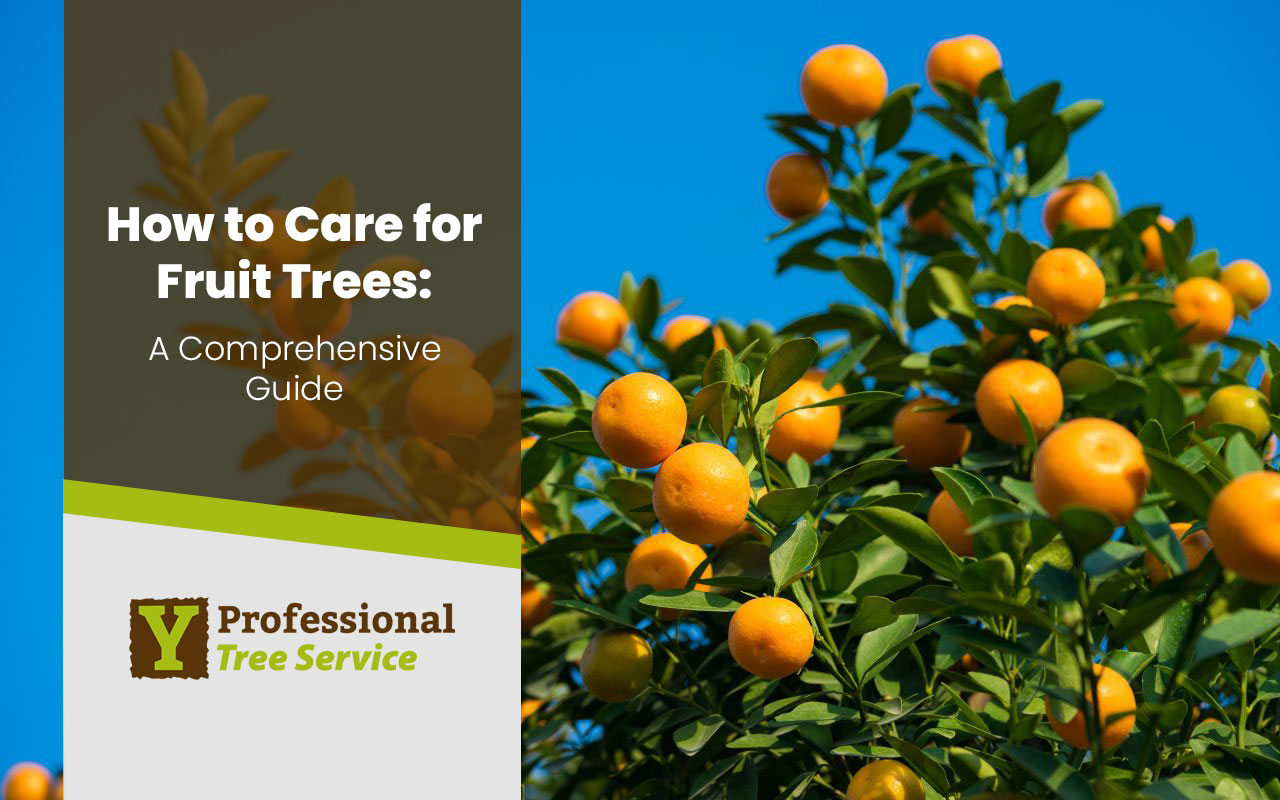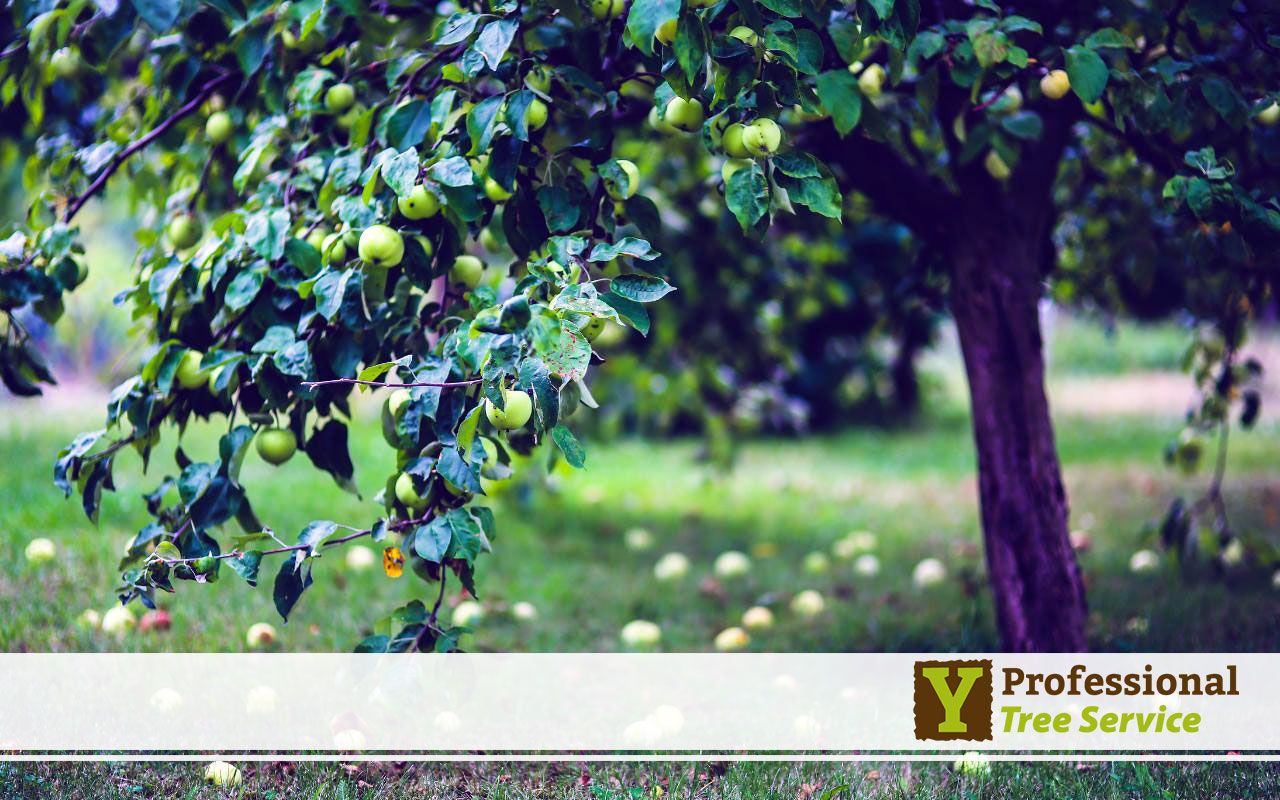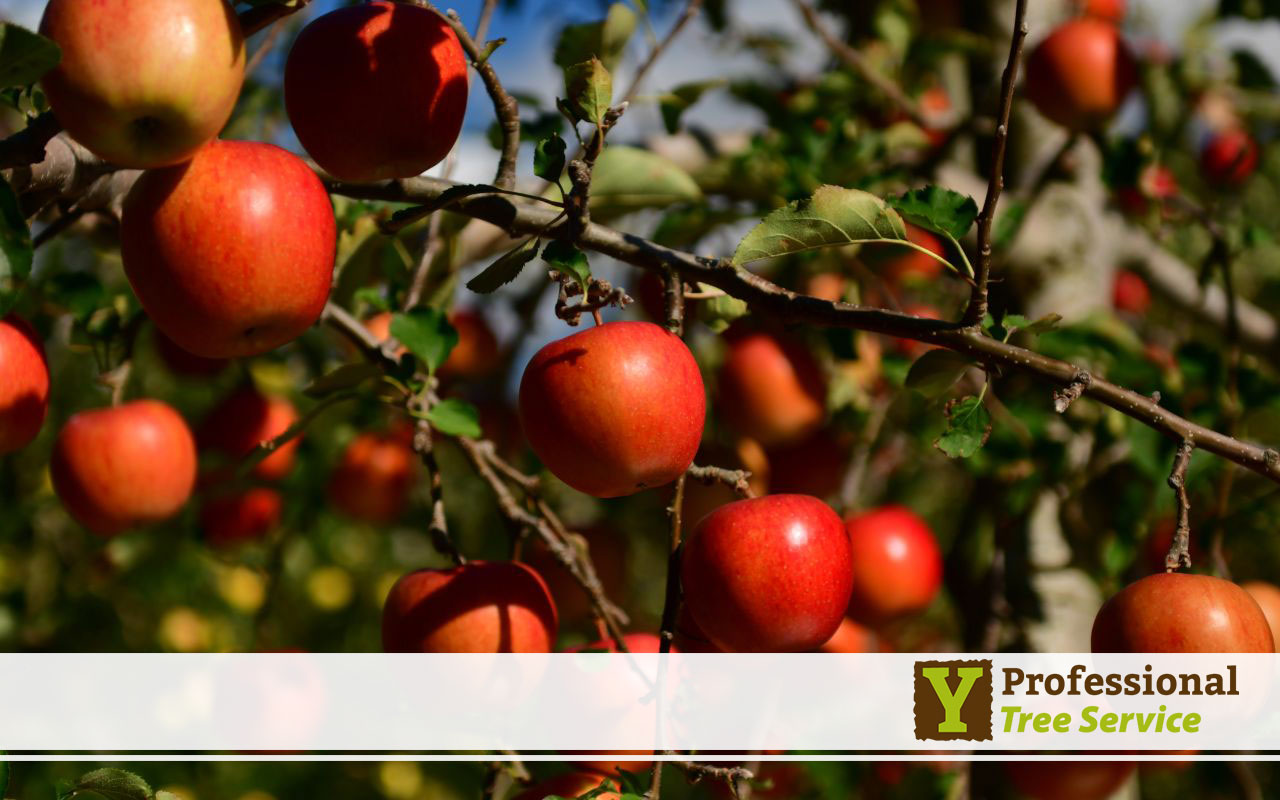
Table of Contents:
How to Care for Fruit Trees: Getting Started
Selecting the Right Fruit Tree Varieties
Choosing an Ideal Planting Location
Pruning and Training Fruit Trees
Understanding the Importance of Pruning
Pruning Techniques for Fruit Trees
Pest and Disease Management – How to Care for Fruit Trees
Common Pests Affecting Fruit Trees
Diseases Affecting Fruit Trees
Harvesting and Storing Fruit – How to Care for Fruit Trees
FAQs (Frequently Asked Questions) – How to care for fruit trees
Fruit trees are a delightful addition to any garden or orchard. They provide fresh and nutritious produce and enhance the aesthetic appeal of your outdoor space. However, learning about how to care for fruit trees requires knowledge and attention to ensure optimal growth and abundant harvests.
This comprehensive guide will explore the various aspects of fruit tree care, from planting and pruning to pest management and harvesting. Whether you are a seasoned gardener or a beginner, this article will equip you with the expertise to nurture your fruit trees successfully.
How to Care for Fruit Trees: Getting Started
Selecting the Right Fruit Tree Varieties
When it comes to fruit trees, selecting the right varieties is crucial for success. Consider the climate, soil conditions, and available space in your garden before choosing a fruit tree. Some popular fruit tree varieties that thrive in different regions include apple, pear, peach, cherry, and citrus trees. Research local nurseries or consult with gardening experts to determine the best fruit tree varieties for your specific location.
Choosing an Ideal Planting Location
To ensure the healthy growth of your fruit trees, it is essential to choose an ideal planting location. Fruit trees require ample sunlight, usually at least six to eight hours a day. Additionally, they prefer well-drained soil with a pH level between 6.0 and 7.0. Test the soil in your desired planting area to assess its pH level and make any necessary adjustments. Avoid planting fruit trees in low-lying areas prone to waterlogging, as excessive moisture can lead to root rot and other diseases.
Planting the Fruit Tree
Once you have selected the right fruit tree variety and identified a suitable planting location, it’s time to plant it. Follow these steps for successful tree planting:
- Dig a hole that is wider and slightly deeper than the tree’s root ball.
- Gently remove the tree from its container, carefully not to damage the roots.
- Place the tree in the hole, ensuring the trunk base is leveled with the surrounding soil.
- Backfill the hole with soil, gently tamping it down to remove air pockets.
- Create a shallow basin around the tree’s base to aid in watering.
Watering and Mulching
Proper watering is essential during the early stages of fruit tree growth. Newly planted trees require regular watering to establish strong root systems. Provide deep and thorough watering weekly, ensuring the soil is moist but not waterlogged. Mulching around the tree’s base helps retain moisture, regulate soil temperature, and suppress weed growth. Apply a layer of organic mulch, such as wood chips or straw, around the tree, taking care to leave space around the trunk to prevent rot.
Pruning and Training Fruit Trees

Understanding the Importance of Pruning
Pruning plays a vital role in fruit trees’ overall health and productivity. It helps maintain an open canopy, allowing sunlight to penetrate the branches and facilitate optimal fruit production. Pruning also helps remove dead or diseased wood, improving the tree’s resistance to pests and diseases. Additionally, proper pruning enhances air circulation, reducing the risk of fungal infections. Regular pruning promotes new growth, rejuvenates older trees, and improves the tree’s overall structure.
When to Prune Fruit Trees
Pruning fruit trees should be done during their dormant period, typically in late winter or early spring before bud break. Pruning during this time allows the tree to allocate energy toward healing and new growth. Avoid pruning in late summer or fall, as it may stimulate new growth that can be damaged by winter frost.
Pruning Techniques for Fruit Trees
- Thinning: Thin out crowded branches to improve light penetration and airflow. Remove weak, crossing, or downward-growing branches to maintain a balanced framework.
- Heading Back: Heading back involves pruning the terminal ends of branches to encourage branching and new growth. This technique is particularly useful for maintaining tree height and stimulating lateral bud development.
- Training: Use training techniques, such as espalier or trellising, to control the shape and size of the tree. Training allows for better light exposure and easier harvesting.
Pest and Disease Management – How to Care for Fruit Trees
Common Pests Affecting Fruit Trees
Fruit trees are susceptible to various pests that can damage leaves, flowers, and fruits. Some common fruit tree pests include aphids, fruit flies, codling moths, and spider mites. To manage pests effectively, it is essential to identify the specific pest and choose appropriate control methods. Integrated Pest Management (IPM) techniques, such as introducing beneficial insects, using sticky traps, and employing organic insecticides, can help control pests while minimizing harm to beneficial organisms.
Diseases Affecting Fruit Trees
Several diseases can affect the health and productivity of fruit trees. Some common fruit tree diseases include apple scab, fire blight, powdery mildew, and brown rot. Proper sanitation, such as removing fallen leaves and fruits, can prevent the spread of diseases. Fungicidal sprays, applied at the appropriate times, can also help manage fungal infections. Consult with local agricultural extension services or a certified arborist for accurate diagnosis and targeted treatment options.
Harvesting and Storing Fruit – How to Care for Fruit Trees
Determining Fruit Ripeness
Knowing when to harvest your fruit is crucial to ensure optimal flavor and texture. Different fruit varieties have specific indicators of ripeness. Here are some general guidelines:
- Apples: Firmness, color, and ease of separation from the tree.
- Pears: Slight softening at the stem end and a change in skin color.
- Peaches: A slight softening of the flesh and a change in skin color from green to yellow or red.
- Cherries: Full-color development and firmness.
Proper Fruit Storage
After harvesting your fruits, storing them properly is important to maintain their quality and extend their shelf life. Consider the following tips:
- Apples and pears can be stored in a cool, dark place with good ventilation.
- Peaches and cherries are best enjoyed fresh and should be consumed soon after harvest.
- Citrus fruits can be stored at room temperature or in the refrigerator, depending on personal preference.
FAQs (Frequently Asked Questions) – How to care for fruit trees

Q: How often should I fertilize my fruit trees?
A: Fruit trees benefit from regular fertilization. Apply a balanced, slow-release fertilizer in early spring and again in late summer. Follow the manufacturer’s instructions for proper application rates.
Q: Do fruit trees require pollination to produce fruits?
A: Yes, most fruit trees require pollination to produce fruits. Some trees are self-pollinating, while others need cross-pollination from a different variety. Consult specific variety information or consult with a local horticulturist for the best pollination practices.
Q: What can I do to prevent birds from eating my fruit?
A: To deter birds from feasting on your fruit, consider using bird netting or installing scare devices such as reflective tape or wind chimes. Harvesting fruits promptly when ripe can also minimize bird damage.
Q: Should I remove all the fruit from my newly planted tree?
A: Removing the fruit from newly planted trees for the first few years is generally recommended. This process allows the tree to allocate energy toward root and branch development, ensuring a stronger and healthier tree in the long run.
Q: How do I protect my fruit trees from winter frost?
A: Protect your fruit trees from winter frost by applying a layer of mulch around the tree’s base to insulate the roots. Additionally, consider covering the tree with frost blankets or using heat sources like string lights or water barrels to provide extra warmth.
Q: Can I grow fruit trees in containers or pots?
A: Yes, many fruit tree varieties can be grown in containers or pots. Ensure the container has adequate drainage, use a well-draining potting mix, and provide regular watering and fertilization. Prune the tree to maintain a manageable size for container growth.
Nurturing Your Fruit Trees to a Bountiful Harvest
Caring for fruit trees is a rewarding endeavor that offers the joy of nurturing and harvesting your fresh fruits. By selecting the right varieties, providing optimal growing conditions, practicing proper pruning and pest management techniques, and harvesting and storing fruits correctly, you can ensure the success and productivity of your fruit trees. Always stay informed and seek guidance from local gardening experts for specific regional recommendations. Enjoy the process of caring for your fruit trees and relish the bountiful rewards they will bring.
